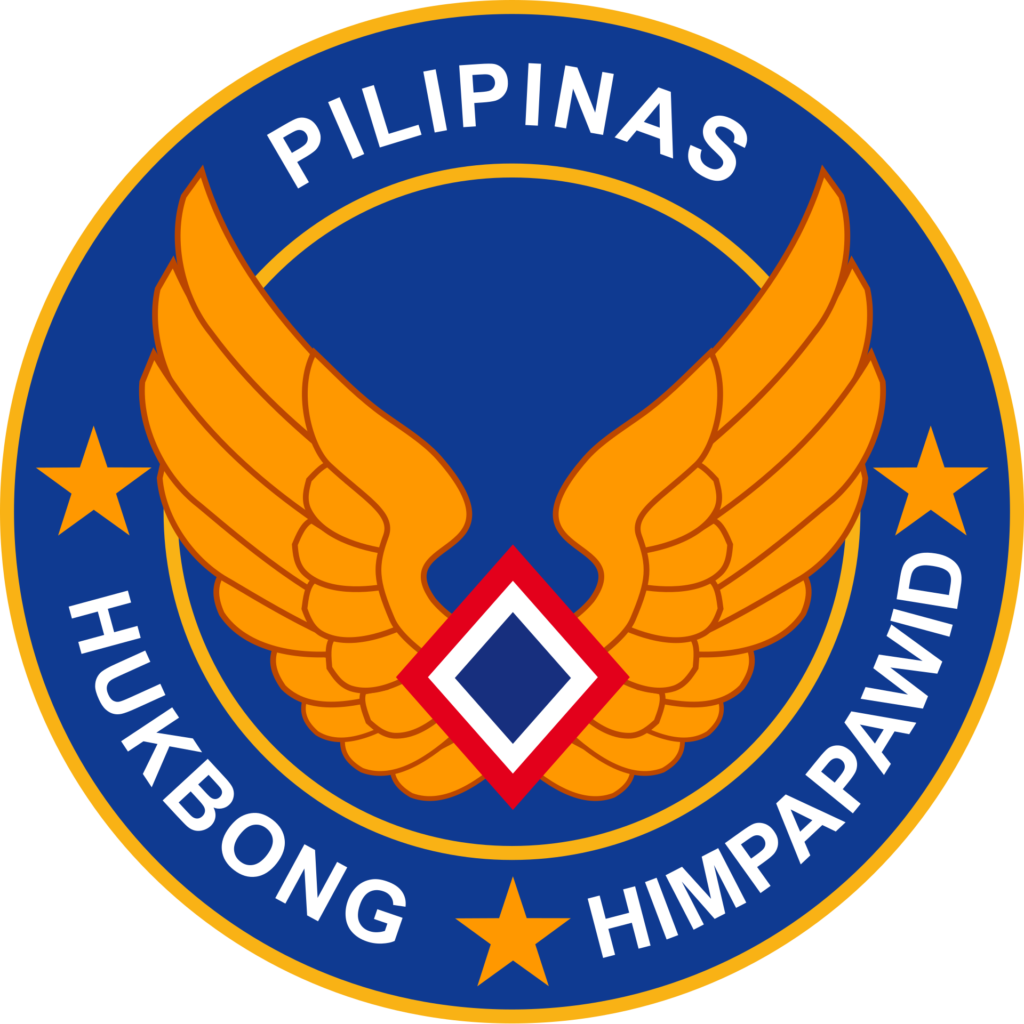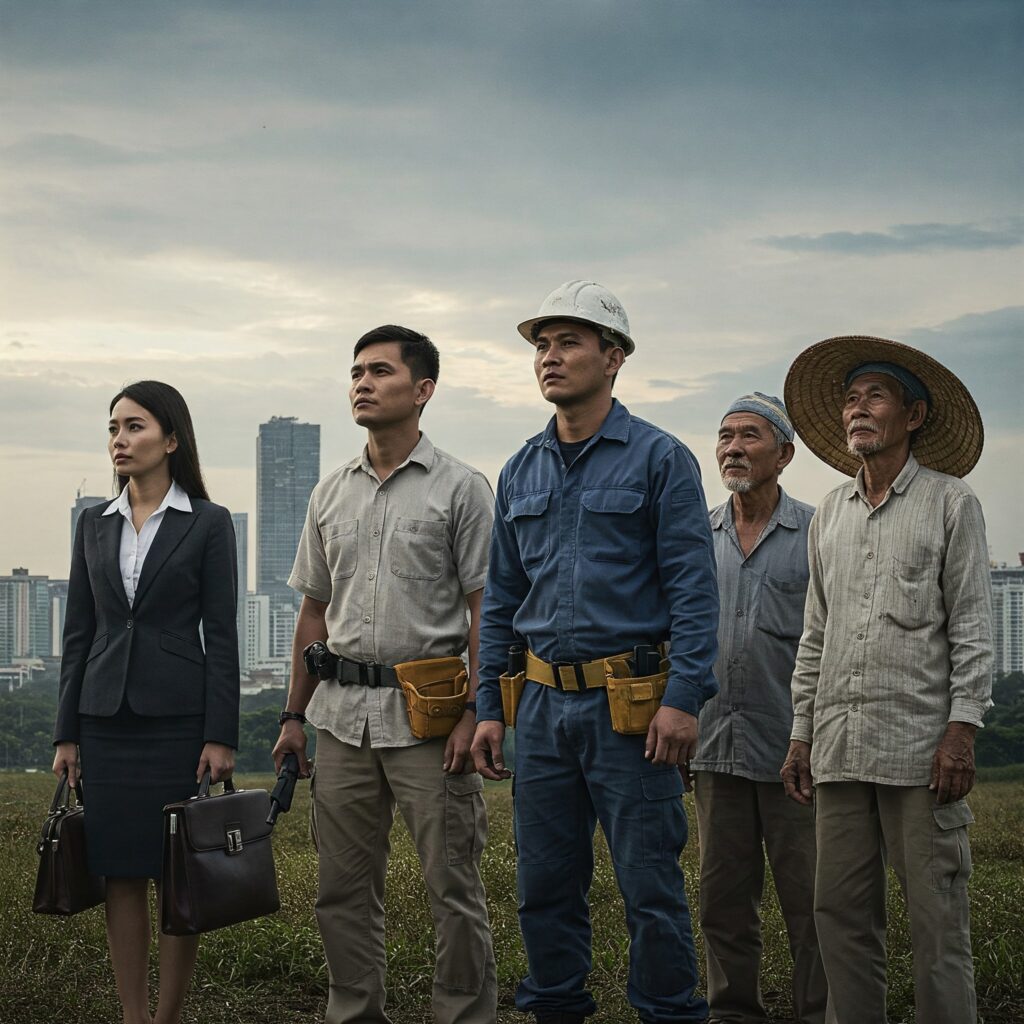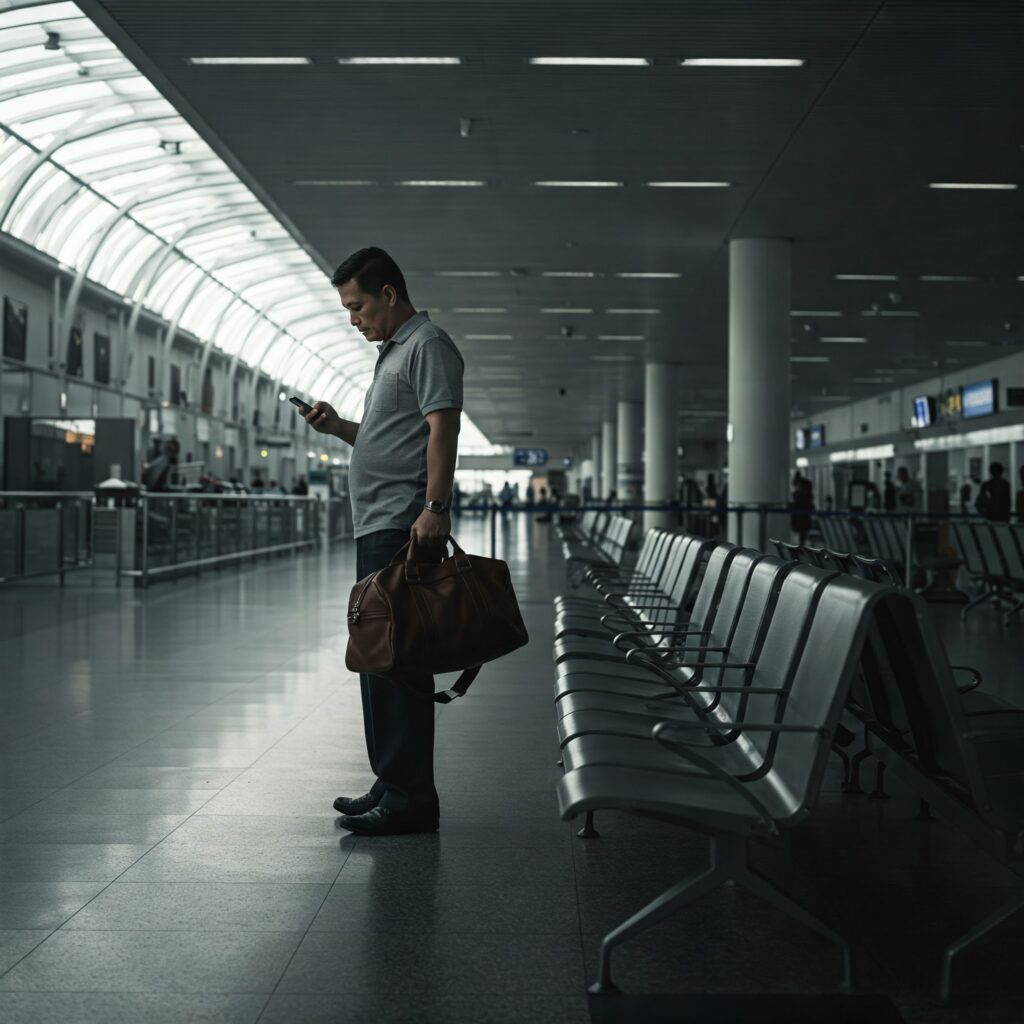The Philippine Air Force (PAF) plays a vital role in safeguarding the nation’s sovereignty and protecting its skies. From its humble beginnings to its modern-day capabilities, the PAF has a rich history and a crucial role in the country’s defense. This blog post aims to provide a comprehensive overview of the PAF, exploring its history, mission, organization, equipment, and future challenges. We’ll delve into the various aspects of this essential institution, shedding light on its contributions to the Philippines.
A Look Back: The History of the PAF
The PAF’s story begins even before the official establishment of the Republic of the Philippines. During World War II, Filipino pilots bravely served in the United States Army Air Forces (USAAF). These experiences laid the groundwork for the future of Philippine aviation. Following the nation’s independence in 1946, the Philippine Army Air Corps was formed, marking the formal birth of what would become the PAF. Initially, the air corps relied heavily on surplus aircraft from the US.
The early years focused on building infrastructure and training personnel. The challenges were significant, ranging from limited resources to the need to establish a robust organizational structure. Despite these hurdles, the PAF gradually developed its capabilities, playing a crucial role in addressing internal security threats and providing support during natural disasters. This period saw the acquisition of more modern aircraft and the development of key air bases across the country.
Over the decades, the PAF has evolved, adapting to changing geopolitical landscapes and technological advancements. From its involvement in counter-insurgency operations to its participation in international peacekeeping missions, the PAF has consistently demonstrated its commitment to serving the nation. The air force has also played a significant role in humanitarian assistance and disaster relief efforts, showcasing its versatility and dedication to the Filipino people. The PAF continues to modernize its fleet and enhance its capabilities to meet the evolving security challenges of the 21st century.
The PAF’s Mission and Core Values
The PAF’s mission is to “provide prompt and sustained air defense, conduct aerial reconnaissance, airlift, and other air operations in the defense of the Republic of the Philippines.” This encompasses a wide range of responsibilities, from protecting the country’s airspace to supporting ground forces and providing humanitarian aid. The PAF’s core values, which include integrity, excellence, and service, guide its personnel in fulfilling this mission.
The PAF is committed to maintaining the highest standards of professionalism and competence. Its personnel undergo rigorous training to ensure they are equipped to handle the complex tasks involved in modern air warfare. The PAF also places a strong emphasis on ethical conduct and adherence to the rule of law. These values are essential to maintaining public trust and ensuring the PAF’s effectiveness in serving the nation.
Organization and Structure of the PAF
The PAF is organized into various wings and units, each with specific responsibilities. The Air Defense Wing is responsible for protecting the country’s airspace from intrusion. The Tactical Air Wing provides close air support to ground forces. The Air Transport Wing handles the airlift of personnel and cargo. These wings, along with other support units, work together to ensure the PAF can effectively carry out its mission.
The PAF is headed by the Commanding General, who is responsible for the overall command and control of the air force. The PAF also has a number of key staff officers who assist the Commanding General in managing the various aspects of the air force. This hierarchical structure ensures clear lines of authority and responsibility, which is crucial for effective military operations.
The PAF’s Current Inventory: A Glimpse into its Arsenal
The PAF’s current inventory includes a mix of fighter jets, transport aircraft, helicopters, and trainers. While the PAF has faced challenges in acquiring modern equipment, it has made significant strides in recent years to modernize its fleet. The following table provides a glimpse into some of the key aircraft currently in service:
| Aircraft Type | Role | Quantity (Approximate) | Source |
|---|---|---|---|
| FA-50PH Golden Eagle | Light Fighter/Attack | 12 | South Korea |
| F-105 Freedom Fighter | Multi-role Fighter | 0 | United States |
| C-130 Hercules | Transport | 4 | United States |
| Bell UH-1 Iroquois | Utility Helicopter | Various | United States |
| AW109 | Attack Helicopter | Various | Italy/United Kingdom |
| Cessna 172 | Trainer | Various | United States |
It is important to note that the exact numbers of aircraft in service can vary, and this table represents an approximate overview. The PAF is continuously working to upgrade its fleet and acquire new equipment to enhance its capabilities. These acquisitions are crucial for maintaining a credible defense posture and ensuring the PAF can effectively respond to various threats.
Challenges and Future of the PAF
The PAF faces numerous challenges, including limited resources, aging equipment, and the need to adapt to evolving security threats. The ongoing modernization efforts are crucial for addressing these challenges and ensuring the PAF can continue to fulfill its mission. The PAF also needs to invest in training and development to ensure its personnel are equipped with the skills and knowledge necessary to operate modern aircraft and systems.
The future of the PAF hinges on continued investment in modernization, training, and infrastructure. The PAF needs to acquire more advanced aircraft, including multi-role fighters, to enhance its air defense capabilities. Investing in advanced radar systems and other technologies is also crucial for maintaining situational awareness and effectively responding to threats. The PAF also needs to strengthen its partnerships with other countries to enhance interoperability and cooperation in addressing regional security challenges.
The PAF’s Role in National Security
The PAF plays a critical role in safeguarding the Philippines’ national security. Its primary responsibility is to defend the country’s airspace from intrusion and protect its territorial integrity. The PAF also provides crucial support to ground forces, conducting aerial reconnaissance and providing close air support during military operations. Furthermore, the PAF plays a vital role in humanitarian assistance and disaster relief efforts, providing rapid response and delivering essential supplies to affected areas.
The PAF’s contributions to national security extend beyond military operations. Its presence serves as a deterrent to potential aggressors, contributing to regional stability. The PAF also plays a role in international cooperation, participating in joint exercises and training with other countries’ air forces. These activities enhance interoperability and strengthen relationships with allies, which is crucial for addressing transnational security threats.
The Importance of Public Support
The PAF relies on public support to effectively carry out its mission. The public’s understanding and appreciation of the PAF’s role in national security is essential for securing the resources necessary for its modernization and sustainment. The PAF also plays a role in inspiring patriotism and national pride, serving as a symbol of the country’s sovereignty and resilience.
The PAF is committed to transparency and accountability, regularly communicating its activities and achievements to the public. Building public trust is essential for maintaining the PAF’s legitimacy and ensuring its continued support. The PAF also actively engages with the community, participating in outreach programs and educational initiatives to raise awareness about its mission and contributions.
Conclusion: The PAF’s Enduring Commitment
The Philippine Air Force has a long and proud history of serving the nation. From its humble beginnings to its current capabilities, the PAF has consistently demonstrated its commitment to protecting the Philippines’ sovereignty and safeguarding its skies. While challenges remain, the PAF is actively working to modernize its fleet, enhance its capabilities, and ensure it can continue to fulfill its vital role in national security. The PAF’s dedication to service, integrity, and excellence ensures it will continue to be a vital asset to the Philippines for generations to come.
Disclaimer: While every effort has been made to ensure the accuracy of the information presented in this blog post, some details, particularly regarding aircraft numbers, may be subject to change or may not be publicly available due to security concerns. Report any inaccuracies to us so we can correct them promptly.




